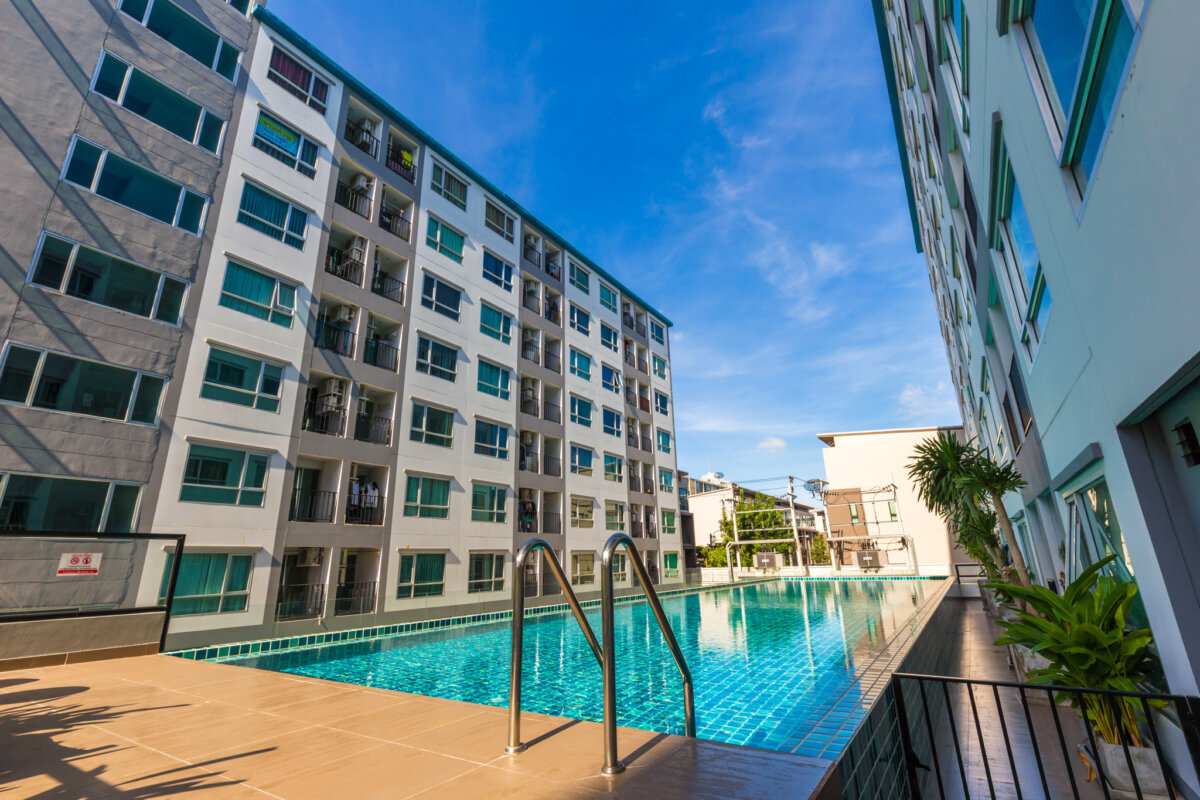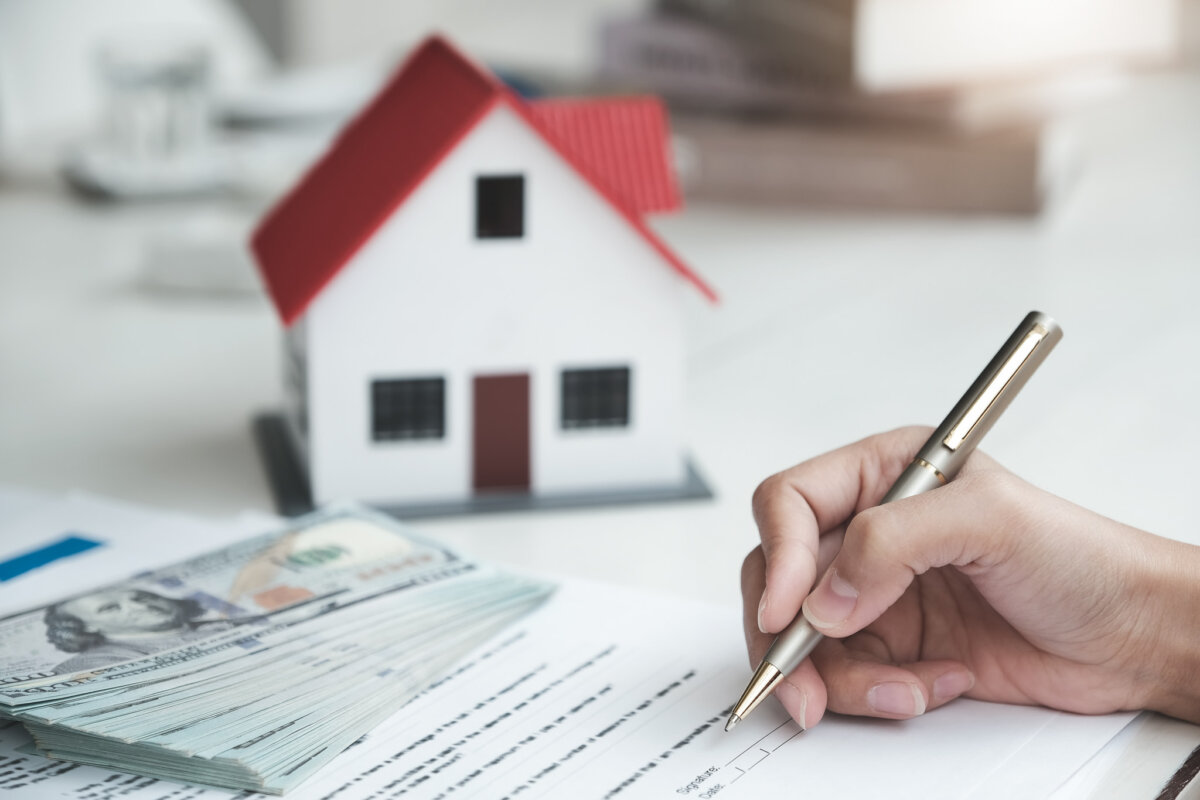A leasehold property is a type of real estate ownership where the buyer acquires the right to occupy and use a property for a specified period while the ownership of the land itself remains with the freeholder (landowner). This arrangement contrasts with freehold ownership, where the buyer owns the land and the property outright. Here’s a comprehensive guide to understanding leasehold properties, including their advantages, drawbacks, and critical considerations.
What is a Leasehold?
In a leasehold arrangement, the leaseholder (buyer) is granted the right to live in or use the property for a set number of years, decades, or even centuries, as specified in the lease agreement. The leaseholder pays ground rent to the freeholder and may also be responsible for maintaining the property and paying service charges or management fees.
Key Features of Leasehold Properties:
- Lease Term: The lease is granted for a fixed term of 99 to 999 years. The lease term decreases as time passes, and a shorter lease can affect property value and mortgageability.
- Ground Rent: Leaseholders typically pay ground rent to the freeholder. This fee can be fixed or subject to periodic increases.
- Service Charges: Leaseholders may be responsible for paying service charges for the maintenance and repair of common areas, such as gardens, hallways, or shared amenities.
- Lease Agreement: The lease agreement outlines the rights and responsibilities of both the leaseholder and the freeholder. It includes details on lease length, ground rent, maintenance obligations, and any restrictions on property use.
Advantages of Leasehold Properties
1. Lower Purchase Price
Leasehold properties are often less expensive than freehold properties. This can make them an attractive option for first-time buyers or those seeking to enter the property market at a lower cost.
2. Access to Amenities
Many leasehold properties are part of more significant developments or buildings that offer shared amenities such as gyms, swimming pools, or landscaped gardens. These amenities can enhance the living experience but are maintained by service charges.
3. Maintenance Responsibility
In some leasehold arrangements, the freeholder maintains the building’s structure and communal areas. This can relieve leaseholders of the burden of significant repairs and upkeep.
Drawbacks of Leasehold Properties
1. Lease Term Reduction
As the lease term decreases, the property’s value can diminish, making it harder to sell or remortgage. A short lease can also impact the property’s appeal to potential buyers.
2. Ground Rent and Service Charges
Leaseholders are required to pay ground rent and may face increasing service charges, which can add to the overall cost of living in the property. High or escalating ground rent can be a financial burden.
3. Limited Control
Leaseholders typically have less control over the property than freeholders. Modifications or improvements may be restricted, and leaseholders must adhere to the lease agreement terms.
4. Risk of Leasehold Scams
In some cases, leaseholders may encounter issues with unscrupulous freeholders or management companies. To avoid potential disputes, it is essential to review the lease agreement and seek legal advice thoroughly.
Critical Considerations for Leasehold Properties
1. Review the Lease Agreement
Before purchasing a leasehold property, carefully review the lease agreement with a qualified solicitor. Understand the terms, ground rent, service charges, and any restrictions or obligations.
2. Check the Lease Length
Verify the remaining term of the lease and consider its impact on the property’s value and mortgage ability. If the term is approaching a short length, a lease extension might be necessary.
3. Understand the Costs
Be aware of all costs associated with leasehold properties, including ground rent, service charges, and maintenance fees. Factor these into your budget and financial planning.
4. Assess the Management
Evaluate the management of the property and the reputation of the freeholder or management company. A well-managed property can enhance the living experience and avoid potential issues.
Conclusion
Leasehold properties offer a different form of real estate ownership with advantages and drawbacks. By understanding the critical features of leasehold arrangements, conducting thorough research, and seeking professional advice, you can make informed decisions and navigate the complexities of leasehold property ownership.










Leave a Reply